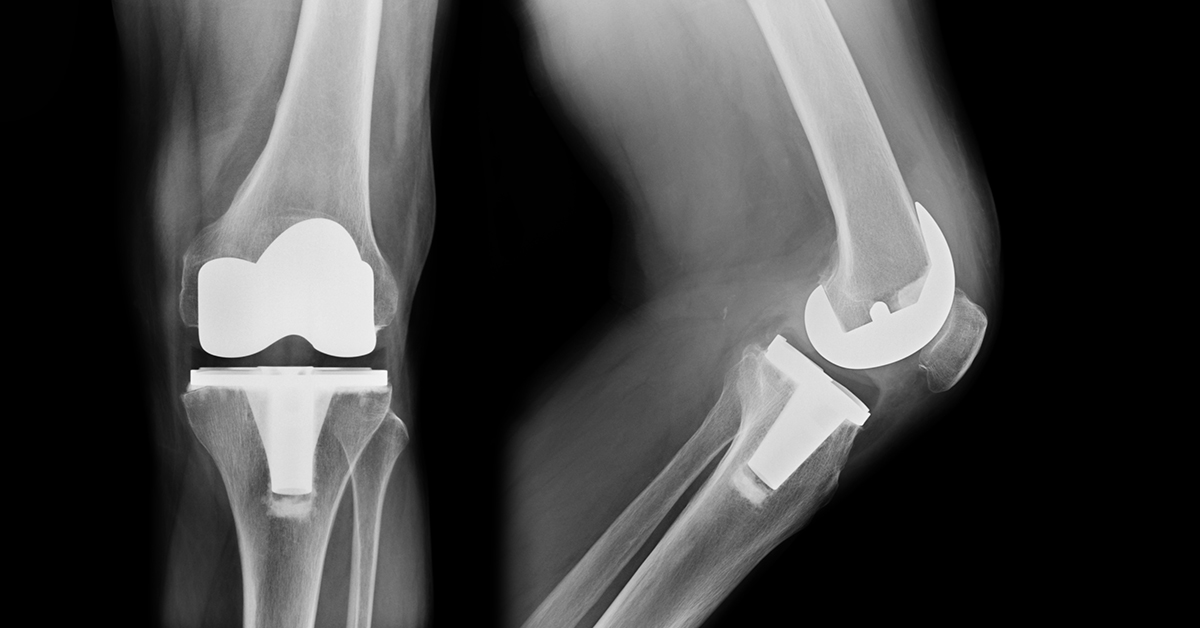
What is Total Knee Replacement Revision Surgery?
Total knee replacement revision surgery is a surgical procedure that is performed in patients who have previously undergone knee replacement and in whom the prosthetic device has now worn out or broken. The procedure is one where the old device is removed and a brand-new device is inserted instead.
How is the Procedure Performed?
The procedure is performed in a similar way to total knee replacement. However, in this case, the bone is excised and instead the old prosthetic device is removed and a new one is placed in the same place. The procedure is performed under general anesthesia and the incision is also similarly made above the knee joint. Once the prosthetic device is visualized, it is extracted from its socket, the neighboring areas are inspected for any damage and the bone is prepared for the new prosthetic device.
While the above might sound rather straightforward, it is actually a lot more complicated than a simple total knee replacement. This is because the prosthetic device that was previously inserted would have fused with the bone and this will need to be surgically extracted. In such situations, it is not uncommon for a small part of the bone to be lost and these needs to be replaced with a new bone graft. In essence, the procedure is a lot more complicated and entails the use of highly specialized equipment and surgical skill.
When is Total Knee Replacement Revision Surgery Performed?
Total knee replacement revision surgery is performed in those patients who have had a previous knee replacement but who are now experiencing symptoms such as reduced range of movement, increased pain in the knee joint, infection within the knee joint or reduced stability of the joint. In addition, a bone fracture that may have affected the area just around the knee joint will sometimes require a revision surgery.
Advantages of Total Knee Replacement Revision Surgery
The main benefit of revision surgery is that patients who have experienced difficulty in the recent past from their knee replacement will now find that they have regained that previous mobility. Of course, this can take little bit of time given that the procedure is a bit more complicated and patients do require a period of physical therapy.
Risks of Total Knee Replacement Revision Surgery
There are a few risks associated with this procedure, mostly because of how complicated it is. Patients may not experience the same benefit that they did after the initial knee replacement procedure is done. In addition, there is always a small risk of infection and future damage to the prosthetic device. This can be avoided by taking the right steps and ensuring that no damage is done to the knee joint during different forms of activity.

